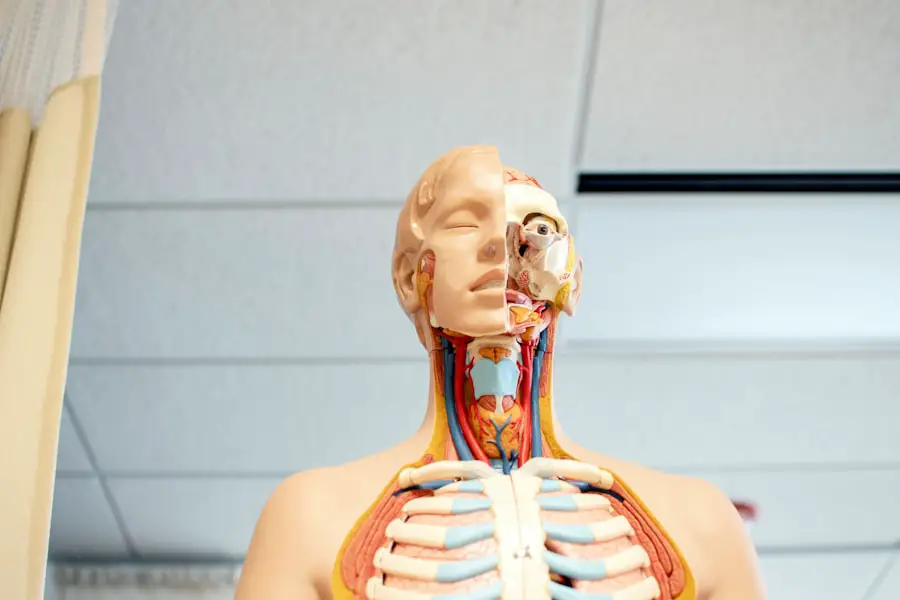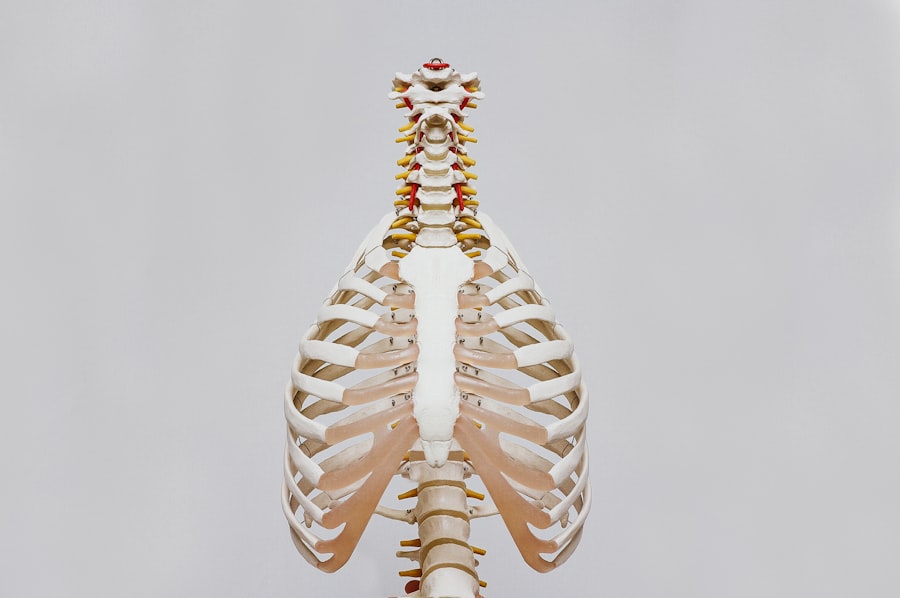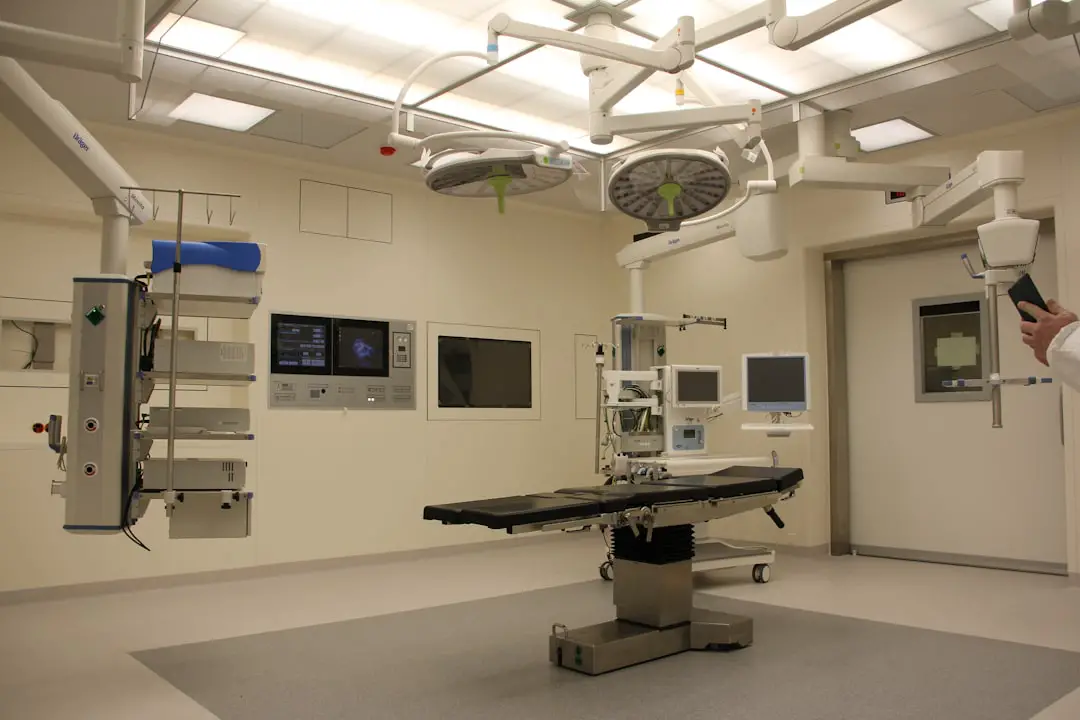Flying can pose unique challenges for individuals with high blood pressure, also known as hypertension. The changes in cabin pressure, reduced oxygen levels, and the stress of travel can exacerbate existing health conditions. When an individual with hypertension boards an aircraft, they may experience fluctuations in blood pressure due to the confined space, anxiety, and the physical effects of altitude.
The cabin pressure in commercial aircraft is typically maintained at the equivalent of 6,000 to 8,000 feet above sea level, which can lead to a decrease in oxygen saturation in the blood. For those with pre-existing cardiovascular issues, this can be particularly concerning. Moreover, the stress associated with air travel can trigger spikes in blood pressure.
Factors such as long security lines, delays, and the general hustle and bustle of airports can contribute to anxiety. For individuals already managing hypertension, these stressors can lead to a dangerous cycle where elevated blood pressure increases the risk of complications such as heart attack or stroke. Understanding these risks is crucial for anyone with high blood pressure who plans to fly, as it allows for better preparation and management strategies.
Key Takeaways
- Flying with high blood pressure can increase the risk of blood clots, heart attacks, and strokes, so it’s important to understand the potential risks before traveling.
- Before flying, it’s crucial to obtain medical clearance from a healthcare provider and ensure that you have an adequate supply of medication for the duration of your trip.
- Managing stress and anxiety during air travel is essential for individuals with high blood pressure, as stress can exacerbate the condition.
- Staying hydrated and monitoring sodium intake can help regulate blood pressure levels during the flight and reduce the risk of complications.
- Choosing the right seat and planning for comfort, as well as engaging in in-flight exercises and movement, can promote circulation and reduce the risk of blood clots.
Preparing for Your Flight: Medical Clearance and Medication
Seeking Medical Clearance
It is essential to seek medical clearance from a healthcare provider, especially for those who have recently experienced significant changes in their health status or have been prescribed new medications. A healthcare professional can assess the individual’s overall health, review their blood pressure readings, and determine whether flying is advisable.
Packing Medications and Documents
In addition to obtaining medical clearance, it is vital to ensure that all necessary medications are packed and easily accessible during the flight. This includes not only antihypertensive medications but also any other prescriptions that may be needed for related conditions. Travelers should consider bringing extra doses in case of delays or unexpected changes in travel plans.
Carrying Important Documents
It is also wise to carry a copy of prescriptions and a letter from a healthcare provider detailing the medical condition and required medications. This documentation can be invaluable in case of emergencies or if additional medical assistance is needed while traveling.
Managing Stress and Anxiety During Air Travel

Managing stress and anxiety is a critical component of ensuring a safe and comfortable flight for individuals with high blood pressure. The anticipation of flying can often lead to heightened anxiety levels, which may further elevate blood pressure. To combat this, travelers can employ various relaxation techniques before and during their flight.
Deep breathing exercises are particularly effective; inhaling deeply through the nose for a count of four, holding for four counts, and exhaling slowly through the mouth can help calm the nervous system. Additionally, mindfulness practices such as meditation or visualization can be beneficial. Travelers might visualize a peaceful scene or focus on positive affirmations to help reduce anxiety.
Engaging in light reading or listening to calming music can also serve as effective distractions during the flight. For those who find that anxiety significantly impacts their ability to travel, discussing options for anti-anxiety medications with a healthcare provider prior to flying may be worthwhile. These medications can provide additional support for managing stress during air travel.
Staying Hydrated and Monitoring Sodium Intake
| Metrics | Recommendation |
|---|---|
| Daily Water Intake | 8 glasses (64 ounces) for adults |
| Sodium Intake | Less than 2,300 mg per day |
| Signs of Dehydration | Dark urine, dry mouth, dizziness |
| Hydration Tips | Drink water throughout the day, eat water-rich foods |
Hydration plays a crucial role in maintaining overall health, particularly for individuals with high blood pressure. The dry air in airplane cabins can lead to dehydration, which may cause blood vessels to constrict and potentially raise blood pressure levels. It is advisable for travelers to drink plenty of water before and during the flight.
Carrying a reusable water bottle through security can facilitate easy access to hydration once onboard. Airlines typically offer water service during flights, but it’s wise to proactively request water regularly rather than waiting until feeling thirsty. In addition to staying hydrated, monitoring sodium intake is essential for those managing hypertension.
High sodium levels can lead to fluid retention and increased blood pressure. Travelers should be mindful of their food choices while flying; many airline meals are high in sodium content. Opting for low-sodium meal options when available or bringing along healthy snacks such as fruits, nuts, or low-sodium crackers can help maintain a balanced diet during travel.
Reading nutrition labels on packaged snacks is also important to avoid inadvertently consuming excessive sodium.
Choosing the Right Seat and Planning for Comfort
Selecting the right seat on an airplane can significantly impact comfort levels during a flight, especially for individuals with high blood pressure. Aisle seats are often preferred as they provide easier access to restrooms and allow for more freedom of movement during the flight. This is particularly important for those who may need to stretch their legs or walk around periodically to promote circulation and reduce the risk of deep vein thrombosis (DVT).
In addition to seat selection, planning for comfort involves dressing appropriately for the flight. Loose-fitting clothing made from breathable fabrics can help regulate body temperature and prevent discomfort during long flights. Compression socks are another useful accessory; they promote circulation in the legs and can help mitigate swelling that may occur during air travel.
Bringing along a travel pillow or blanket can enhance comfort further, allowing travelers to rest more easily during their journey.
In-Flight Exercises and Movement to Promote Circulation

Discreet Exercises for Better Circulation
Simple movements such as ankle circles, foot pumps, and leg lifts can be performed while seated to stimulate blood flow. These exercises can be done discreetly without drawing attention from fellow passengers.
Take a Walk to Boost Circulation
Additionally, taking short walks up and down the aisle every hour or so can significantly benefit circulation. This movement helps prevent stiffness and encourages blood flow throughout the body. For those who are able, standing up and stretching periodically can also alleviate tension in muscles and joints.
Benefits Beyond Physical Health
Engaging in these activities not only supports physical health but can also contribute positively to mental well-being by breaking up the monotony of sitting still for extended periods.
Dealing with Jet Lag and Time Zone Changes
Jet lag is a common issue faced by travelers crossing multiple time zones, and it can be particularly challenging for individuals with high blood pressure. The disruption of circadian rhythms can lead to fatigue, irritability, and difficulty concentrating—all of which may exacerbate stress levels and potentially impact blood pressure management. To mitigate these effects, travelers should consider gradually adjusting their sleep schedule a few days before departure to align more closely with their destination’s time zone.
Once on board, maintaining hydration is crucial in combating jet lag symptoms. Drinking plenty of water helps counteract dehydration caused by cabin air and supports overall well-being during travel. Upon arrival at the destination, exposure to natural light can aid in resetting the body’s internal clock; spending time outdoors during daylight hours helps signal to the body that it is time to be awake and alert.
Additionally, engaging in light physical activity upon arrival can help combat fatigue and promote better sleep at night.
Seeking Medical Attention if Necessary
Despite careful planning and preparation, there may be instances where medical attention becomes necessary during air travel for individuals with high blood pressure. Symptoms such as severe headaches, chest pain, shortness of breath, or sudden changes in vision should never be ignored. In such cases, it is essential to alert flight attendants immediately; they are trained to handle medical emergencies and can provide assistance or contact medical professionals on the ground if needed.
Travelers should also familiarize themselves with the location of medical facilities at their destination prior to departure. Knowing where to seek help upon arrival can alleviate anxiety about potential health issues while traveling. Carrying a list of emergency contacts, including healthcare providers familiar with one’s medical history, can also be beneficial in case urgent medical care is required while away from home.
Being proactive about health management during travel ensures that individuals with high blood pressure can enjoy their journeys while minimizing risks associated with their condition.
If you have high blood pressure and are concerned about traveling on a plane, you may find this article on scarves with hidden pockets for travel to be helpful. These scarves can discreetly hold essential items like medication or a blood pressure monitor while you are on the go. It’s always important to be prepared and take necessary precautions when traveling with a medical condition like high blood pressure.
FAQs
Is it safe to travel on a plane with high blood pressure?
Yes, it is generally safe to travel on a plane with high blood pressure. However, it is important to consult with a healthcare professional before traveling to ensure that it is safe for you to do so.
What precautions should I take when traveling on a plane with high blood pressure?
Some precautions to take when traveling on a plane with high blood pressure include staying hydrated, avoiding alcohol and caffeine, wearing compression stockings, and getting up to walk and stretch regularly during the flight.
Can I bring my medication for high blood pressure on the plane?
Yes, you can bring your medication for high blood pressure on the plane. It is recommended to keep your medication in its original packaging and carry a copy of your prescription with you.
Are there any restrictions for flying with high blood pressure?
There are generally no specific restrictions for flying with high blood pressure. However, individuals with severe or uncontrolled high blood pressure may be advised against flying, especially if they have other health conditions that could be exacerbated by air travel.
What should I do if I experience a medical emergency related to high blood pressure while on a plane?
If you experience a medical emergency related to high blood pressure while on a plane, notify the flight crew immediately. Most commercial airlines have protocols in place for handling medical emergencies and may have medical professionals on board who can assist.
